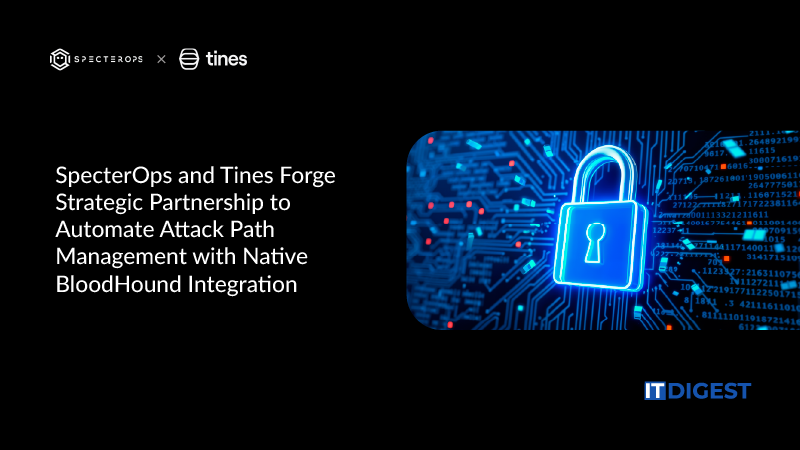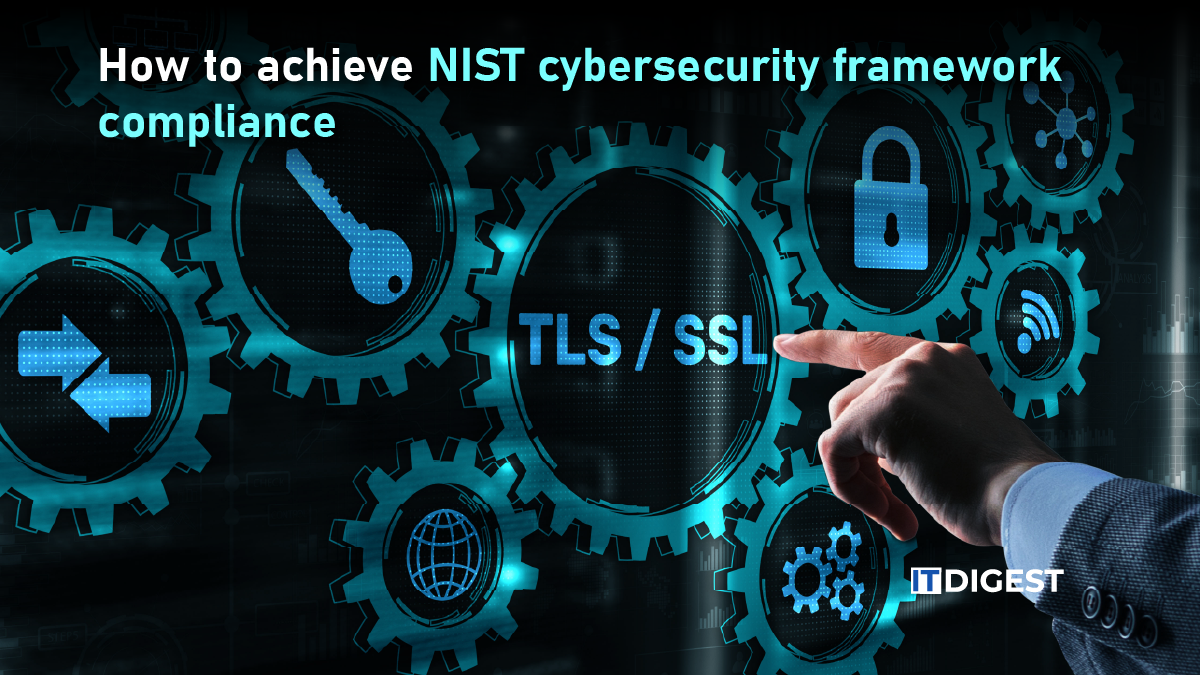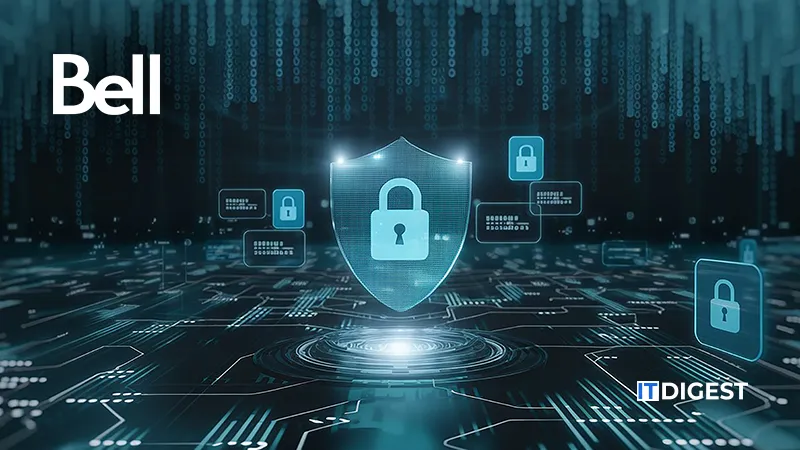SEALSQ Corp, a company that focuses on developing and selling Semiconductors, PKI, and Post-Quantum technology hardware and software products, together with ColibriTD, a pioneer in Quantum-as-a-Service (QaaS) platforms, and Xdigit, a specialized semiconductor design company with expertise in secure microcontrollers and IR Drop (voltage drop across power distribution networks) mathematical modeling, announced a plan to develop a breakthrough solution set to revolutionize semiconductor wafer yields for sub-7nm nodes, a pivotal milestone in their collaboration within the SEALSQ Quantum Lab.
The partners have agreed on a six-month detailed roadmap to build the foundations of a groundbreaking innovation for the semiconductor industry. The solution aims to significantly improve wafer yield for advanced semiconductor designs at nodes below 7nm by addressing IR Drop issues. It features an advanced mathematical modeling of IR Drop and leverages quantum computing’s unparalleled ability to solve the resulting complex Partial Differential Equations (PDEs).
The development of such advanced solution addresses the semiconductor industry’s urgent need for innovation as traditional methods falter at smaller nodes, and it parallels aggressive advancements in quantum computing, such as IBM’s plan to build a fault-tolerant quantum computer by 2029. IBM’s milestones, including the development of the Quantum Loon chip in 2025 to test advanced quantum error correction architectures, underscore the rapid maturation of quantum capabilities that make solutions like those from SEALSQ, ColibriTD, and Xdigit both feasible and timely.
Tackling the Sub-7nm Challenge
As the semiconductor industry drives toward sub-7nm nodes, critical for next-generation AI, automotive, and IoT applications, IR Drop has emerged as a significant bottleneck. Traditional methods to control IR Drop, while effective for larger nodes, are increasingly inadequate for these ultra-small geometries. At 7nm and below, yield losses can exceed 50%, due to increased wire resistance and quantum effects like tunneling, dramatically increasing chip development costs and delaying time-to-market.
The collaborative quantum-based approach from SEALSQ, ColibriTD, and Xdigit harnesses the computational power of quantum algorithms to model and optimize power distribution networks with unprecedented precision. Xdigit’s expertise in IR Drop mathematical modeling enhances the accuracy of PDE solutions, enabling chip designers to predict and mitigate voltage fluctuations effectively. By solving PDEs that govern IR Drop dynamics, the solution ensures robust performance and higher production yields, allowing SEALSQ and Xdigit to deliver chips at sub-7nm nodes with yields far surpassing industry norms, reducing costs and accelerating innovation.
Also Read: Snowcap Launches with $23M to Advance AI, Quantum Compute
Strategic Benefits for the Semiconductor Industry
The implications of this technology are transformative:
- Higher Yields, Lower Costs: By addressing IR Drop at sub-7nm nodes, the solution can significantly boost wafer yields, potentially saving manufacturers millions in production costs. For example, improving yield from 50% to 80% on a single wafer could cut per-chip costs by nearly half, making advanced chips more accessible for AI, automotive, and consumer electronics.
- Accelerated Development Cycles: Optimized designs reduce the need for costly iterations, enabling faster time-to-market for next-generation technologies.
- Scalability for Future Nodes: The quantum-driven approach, bolstered by Xdigit’s modeling expertise, is adaptable to even smaller nodes (e.g., 3nm and beyond), future-proofing semiconductor manufacturing as Moore’s Law continues to evolve.
Enhanced Security for Quantum-Resistant Microcontrollers
A critical benefit of improved IR Drop control is enhanced resistance to side-channel attacks, a growing concern for secure microcontrollers used in IoT, automotive, and defense applications. Precise power distribution minimizes unintended electromagnetic emissions and power fluctuations that attackers exploit to extract cryptographic keys. SEALSQ’s expertise in post-quantum cryptography, exemplified by its QS7001 platform, combined with this new solution enables the development of microcontrollers that are both quantum-resistant and exceptionally robust against physical attacks, reinforcing SEALSQ’s leadership in cybersecurity.
Source: Globenewswire
































